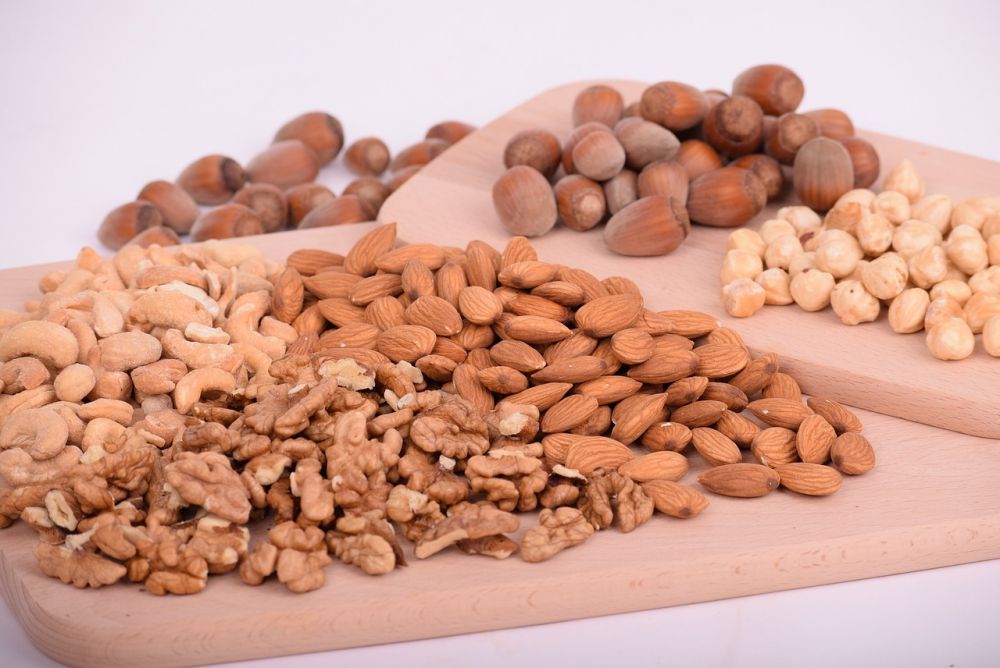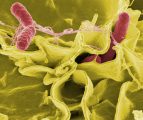Raw Food Diet: A Comprehensive Overview

Introduction
The raw food diet has gained significant popularity in recent years due to its emphasis on consuming unprocessed and uncooked foods. By following this lifestyle, individuals aim to increase their intake of raw fruits, vegetables, nuts, and seeds, while avoiding processed and cooked foods. In this article, we will provide a thorough overview of the raw food diet, covering its various types, popularity, quantitative measurements, differences, and historical perspectives.
Understanding the Raw Food Diet

The raw food diet revolves around the principle that cooking food diminishes its nutritional value by destroying enzymes, vitamins, and minerals. As a result, proponents of this diet believe that consuming raw foods in their natural state is more beneficial for overall health and wellbeing. There are several variations of the raw food diet, including:
1. Raw Vegan Diet: This type of raw food diet predominantly includes plant-based foods such as fruits, vegetables, nuts, and seeds. It excludes all animal products, including meat, dairy, and even honey.
2. Raw Vegetarian Diet: This variation allows for the inclusion of raw dairy products, such as raw milk, cheese, and yogurt, alongside raw plant-based foods.
3. Raw Omnivorous Diet: Those following this raw food diet consume both raw plant-based foods and raw animal products, including meat, fish, eggs, and dairy.
Popular Raw Food Diets
Among the various raw food diets, the raw vegan diet is the most popular and widely followed. It attracts individuals seeking a plant-based lifestyle and those who believe in the health benefits of consuming raw, unprocessed foods. Additionally, the raw vegan diet aligns with ethical and environmental concerns, promoting sustainable farming practices and reducing animal exploitation.
Quantitative Measurements of the Raw Food Diet
Measuring the effectiveness and impact of the raw food diet can be challenging due to the complexity of individual nutritional needs and the lack of large-scale, long-term studies. However, some quantitative measurements can provide insight into its potential benefits. These measurements typically focus on aspects such as weight loss, improved digestion, increased energy levels, and enhanced overall health markers, including blood pressure, cholesterol levels, and blood sugar control.
Although individual experiences may vary, studies have shown that adhering to a raw food diet can lead to weight loss and an improved body mass index (BMI). The nutrient-dense nature of raw foods can also contribute to healthier digestion and increased energy levels. However, it is essential to ensure a balanced intake of essential nutrients, including vitamins B12, D, and iron, which may require supplementation in a raw food diet.
Differences Among Raw Food Diets
While the raw food diet shares a common foundation of consuming uncooked foods, there are significant differences among its various forms. These differences primarily revolve around the inclusion or exclusion of animal products, such as dairy, meat, and eggs. Additionally, some individuals may choose to incorporate certain processed raw foods, such as dehydrated snacks or raw chocolate, while others strictly adhere to whole, unprocessed foods.
Historical Perspectives on Raw Food Diets
The concept of consuming raw foods dates back centuries, with roots in ancient civilizations and traditional indigenous diets. Historical figures like Hippocrates believed in the healing and health-promoting properties of raw foods. However, the modern raw food movement gained momentum in the 20th century, building upon the ideas of early advocates such as Maximilian Bircher-Benner and Ann Wigmore.
Advantages and Disadvantages of Raw Food Diets
Advocates of the raw food diet claim several advantages, including increased consumption of vital nutrients, enzymes, and antioxidants. It is also believed to promote weight loss, improve digestion, and support overall health. However, some potential disadvantages must be considered. These include the need for careful meal planning to ensure adequate nutrient intake, potential deficiencies of certain vitamins and minerals, and challenges in social situations or while dining out.
[INSERT VIDEO HERE]
Conclusion
The raw food diet offers a unique approach to nutrition, promoting the consumption of unprocessed and uncooked foods for improved health and wellbeing. With its various types, popular following, and potential benefits, understanding the raw food diet can help individuals make informed decisions about their dietary choices. However, it is essential to consider personal nutritional needs, potential risks, and consult with healthcare professionals before embarking on any significant dietary changes.
FAQ
What is the raw food diet?
What are the different types of raw food diets?
What are the advantages and disadvantages of the raw food diet?
Fler nyheter
Fot och handsalva: Specialkrämer för en frisk och återfuktad hud
Introduction The raw food diet has gained significant popularity in recent years due to its emphasis on consuming unprocessed and uncooked foods. By following this lifestyle, individuals aim to increase their intake of raw fruits, vegetables, nuts, a...
04 juli 2025
Prostatacancer prognos och vikten av prostatype gentest
Introduction The raw food diet has gained significant popularity in recent years due to its emphasis on consuming unprocessed and uncooked foods. By following this lifestyle, individuals aim to increase their intake of raw fruits, vegetables, nuts, a...
02 juli 2025
Naprapater i Borås: Så kan de hjälpa dig
Introduction The raw food diet has gained significant popularity in recent years due to its emphasis on consuming unprocessed and uncooked foods. By following this lifestyle, individuals aim to increase their intake of raw fruits, vegetables, nuts, a...
14 juni 2025











